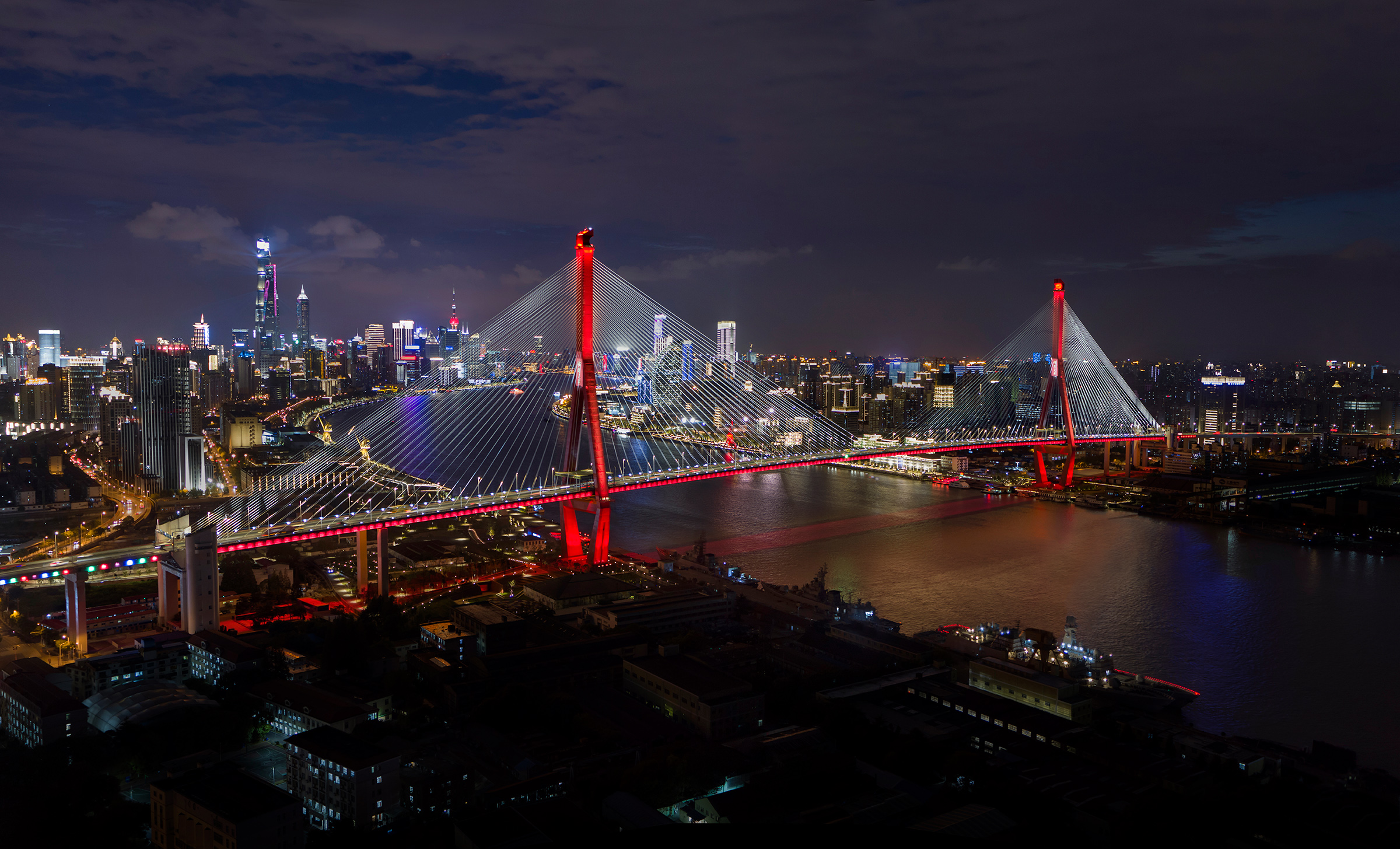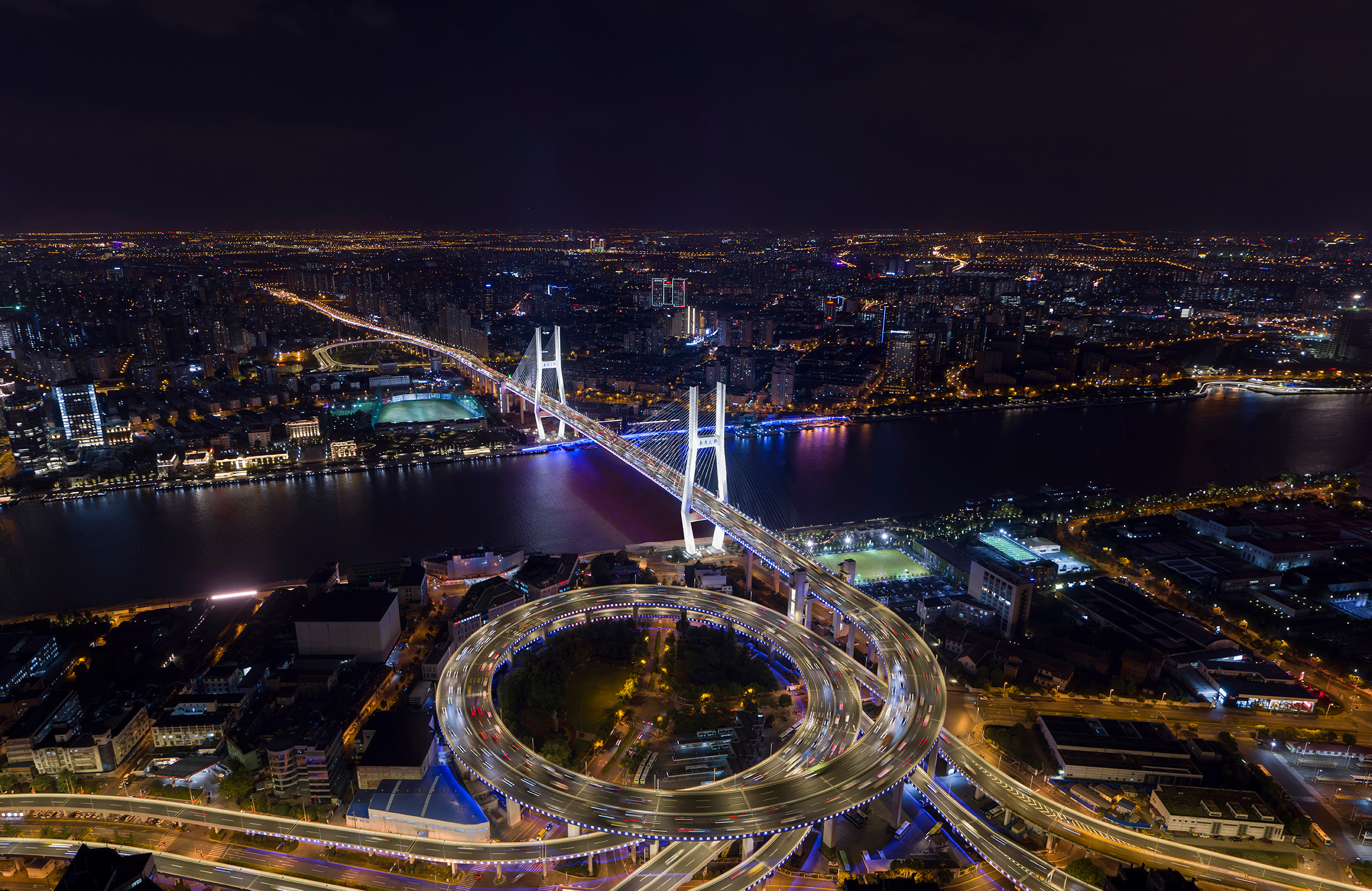Signify, formerly known as Philips Lighting, has implemented its largest architectural lighting project in Shanghai. The project created dynamic lighting for Shanghai’s waterfront, three bridges and over 40 buildings in the city.
As part of the regeneration of the financial and tourist districts of Shanghai, Signify has installed more than 50,000 Philips luminaires. These illuminate buildings along the waterfront as well as the Yangpu, Nanpu and Xupu bridges. Signify’s Interact Landmark system is being used to control and manage lighting on building rooftops and the three bridges.

(Image: Signify)
Interact Landmark System is able to monitor and control luminaire individually or in group to deliver dynamic lighting under different circumstances, creating unique scenes. Furthermore, the Interact Landmark system is used to detect and manage faults, improve asset management and thereby reduce costs.
Signify uses its LED lighting and lighting management system to help Chinese cities develop more business and tourist landmarks with sustainable approaches. The new lighting is expected to save the city 50-70% of its annual lighting costs when compared to previous areas lit by conventional lighting.

(Image: Signify)
“The upgraded lighting system helps demonstrate Shanghai’s cultural heritage in a more vivid way, creating impressive night scenes in an energy efficient way,” said John Wang, President of Greater China, SVP, Signify. “It is an honor for us to illuminate Shanghai’s landscape with our connected lighting which can give municipalities control and real-time information on the performance of individual light points. In the future, this information could be input into smart city dashboards to give planners a 360-degree view of their smart city assets as China transforms its cities to be more efficient and livable.”













